Making collaboration concrete
A key surveillance challenge is balancing the expectations of the business with the resources and priorities of the surveillance team. It is the responsibility of the business to understand the functionality of, for example, the trading platforms it on-boards. It should be the responsibility of the business to pay for on-boarding and compliance checking such a system – though often the business expects that to come out of the surveillance budget.
For instance, when a new trading platform is being on-boarded, the business may not recognise or understand that it's got communication functionality. The business is not having that disabled as part of the on-boarding process. It is a 1st line responsibility to understand new applications, new platforms, and new functionality within existing tools.
The 1st line talks the talk on collaboration, but most 2nd line surveillance functions will complain about being brought into the picture too late in the day to be able to get on board with things. They will point to the unwillingness of the business to contribute additional resources if an on-boarding has to be done quickly. And they will note that the business can fight hard against surveillance requirements to disable problematic functionality in new systems. This tension between the regulatory perspective and the business in terms of what the business claims it needs causes conflicts that are hard for surveillance win.

